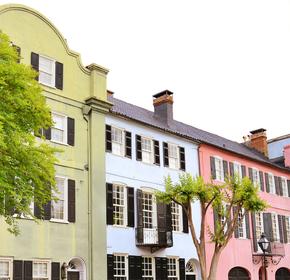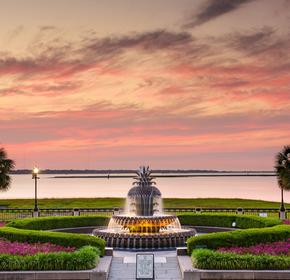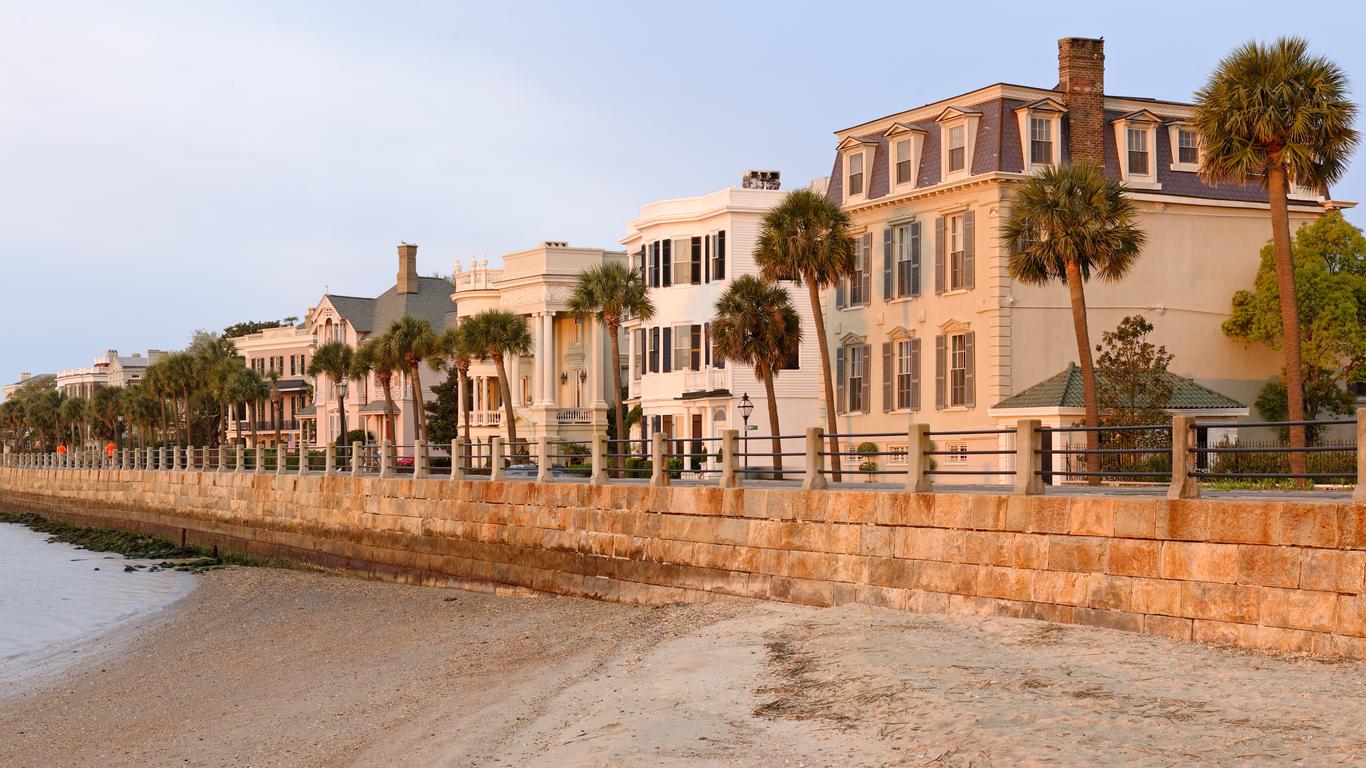
Charleston travel guide
Charleston Tourism | Charleston Guide
You're Going to Love Charleston
Visiting Charleston is like stepping back in time and into a different world. Founded in the late 17th century, no city in the United States has such a well-preserved historic core, allowing visitors to experience what life was like before strip malls and skyscrapers.
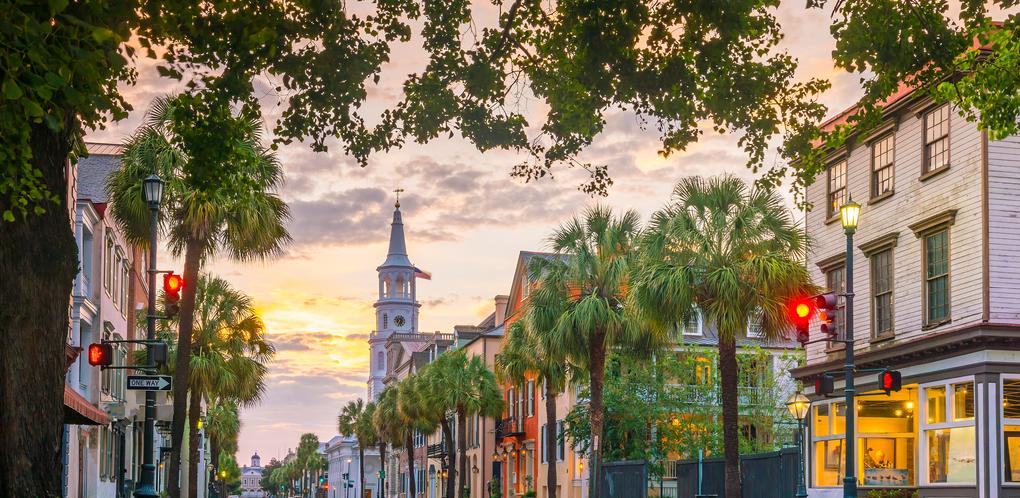
Take horse and carriage tours, walk the streets with expert guides, or take harbor tours in paddle steamers. Catch the ferry to Fort Sumter to see where the first shots of the Civil War were fired, or find out about Southern belles and antebellum fashions at the Charleston Museum.
Modern Charleston is about more than old mansions, forts, and steamers, though. You'll find some of the finest seafood in the U.S. at restaurants like Hank's, Amen Street Fish, and Coast, while the Historic Downtown district is full of atmospheric bars like the Cocktail Club and the Gin Joint.
From contemporary cuisine and nightlife to a rich, fascinating history, Charleston is a wonderful city break destination.
Top 5 Reasons to Visit Charleston
1. Historical Architecture
Charleston was founded way back in 1670 and escaped major damage during the Civil War, so much of the historic town has survived. This means that anyone who loves historic buildings is in for a treat. See Fort Sumter, where the Civil War began, wander around the French Quarter, and watch the full military parade every Friday at The Citadel.
2. Carriage Rides
Charleston also offers some magical ways to step back into history. For example, there's no better way to see the sights than booking one of the daily horse and carriage rides that depart from Market Square.
3. Beaches
The coast around Charleston is beautiful, with some scenic beaches just a short drive from the city. Folly Beach is a great place to spot leatherback turtles and dolphins, while Kiawah Island is one of America's greatest golfing destinations.
4. Festivals
The people of Charleston love a good celebration. There's the Spoleto classical music and culture festival every June, the Lowcountry Oyster Festival in January, and the MOJA Festival of African-American culture every September.
5. Seafood
Charleston is one of the South's great seafood centers. Dine on fresh shellfish at the Oyster House in the French Quarter, try sushi at the Islander, or queue at local favorite Hyman's where great seafood has been on the menu for over 120 years.
What to do in Charleston
1. Charleston Historic District: Perfectly Preserved and Beautiful
200 hectares of evocative architecture, Charleston Historic District is a true portal into another age. Play the role of Southern Belle or colonial gentleman as you wander past the balconies of "Charleston houses", 250-year-old places of worship like St. Michael's Episcopal Church and the Charleston County Courthouse, which served as a model for the Whitehouse. Few neighborhoods in America conjure up the past like the Historic District.
2. Charleston City Market: Four Blocks of Retail Therapy
The center of historic and contemporary Charleston, the City Market has been hosting traders for 300 years. First opened in 1692, the market has passed through several incarnations, with the current facade dating back to 1841. The market itself now occupies four blocks on Market Street, so you can stroll along its length, checking out the art stalls, jewelers, fishing stores, sweet stalls and souvenir vendors. Or you could head to the Night Market, when great Southern cooking combines with artistic and craft virtuosity. From scented candles to hair accessories, there are all sorts of sellers, with something for everyone to buy.
3. Waterfront Park: Relive History or Simply Relax
As the name suggests, Waterfront Park is right on the Atlantic coast. Small in extent (at around 5 hectares), the park has won numerous awards for its design and architecture, with its palmetto-fringed lawns, vibrant flower gardens and beautiful fountains. It's a wonderful place to relax and enjoy an evening stroll, but be sure to visit during the day as well. The views across to Fort Sumter are superb, allowing you to relive those anxious days before the Civil War erupted as government forces holed up in the fort, waiting to see what Confederate authorities would do.
4. Middleton Place: An Antebellum Jewel
Actually around 15 miles northwest of Charleston proper, Middleton Place plantation is a National Historic Landmark. First constructed in the 1730s, the house was the seat of the Middletons, one of South Carolina's most influential families before the Civil War. Nowadays, it has been meticulously restored, from the swamps and spectacular French-inspired gardens to the interior of the great house itself. Other highlights on the site include Eliza's House -- the home of a freed slave in the antebellum period, and the Stable Yards -- where visitors can see blacksmiths, carpenters and potters at work along with various heritage breeds of farm animals.
5. South Carolina Aquarium: Endless Underwater Enjoyment
Back in Charleston, the South Carolina Aquarium is located on Aquarium Wharf, right next to the embarkation point for Fort Sumter tours (so you can combine two great attractions in one afternoon). Opened in 2000, the aquarium is home to an array of charismatic critters, from pufferfish and green moray eels to North-American river otters. Intended to showcase the marine life of the Southeast Applachian region, it does a fantastic job. Don't miss the "touch tank", where kids can handle (harmless) animals, and the sting ray tank, where for 3 dollars you can feed a cup of shrimp to the rays.
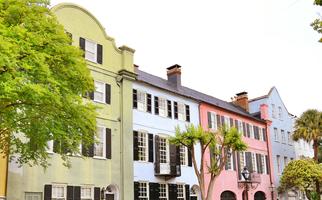
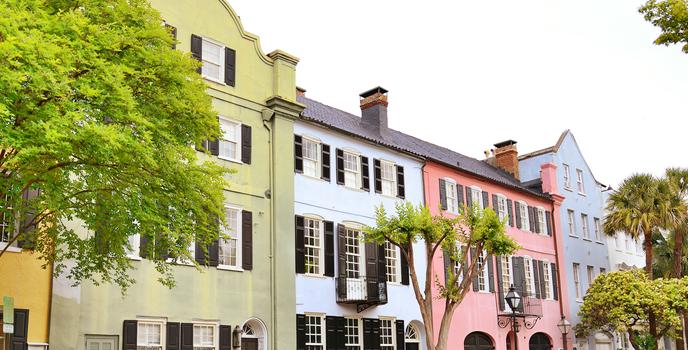
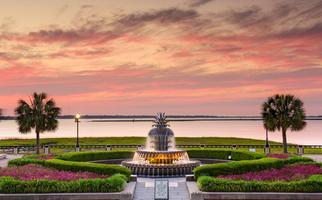
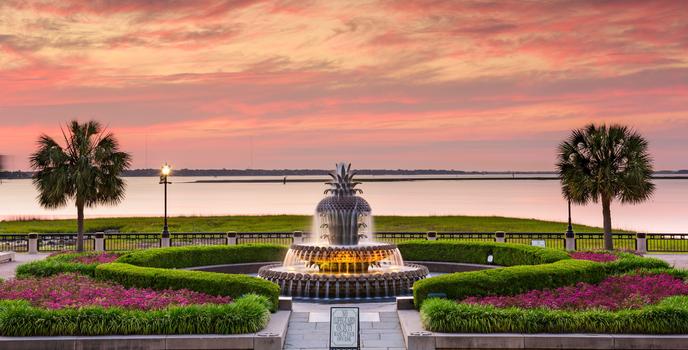
1. Charleston Historic District: Perfectly Preserved and Beautiful
200 hectares of evocative architecture, Charleston Historic District is a true portal into another age. Play the role of Southern Belle or colonial gentleman as you wander past the balconies of "Charleston houses", 250-year-old places of worship like St. Michael's Episcopal Church and the Charleston County Courthouse, which served as a model for the Whitehouse. Few neighborhoods in America conjure up the past like the Historic District.
2. Charleston City Market: Four Blocks of Retail Therapy
The center of historic and contemporary Charleston, the City Market has been hosting traders for 300 years. First opened in 1692, the market has passed through several incarnations, with the current facade dating back to 1841. The market itself now occupies four blocks on Market Street, so you can stroll along its length, checking out the art stalls, jewelers, fishing stores, sweet stalls and souvenir vendors. Or you could head to the Night Market, when great Southern cooking combines with artistic and craft virtuosity. From scented candles to hair accessories, there are all sorts of sellers, with something for everyone to buy.
3. Waterfront Park: Relive History or Simply Relax
As the name suggests, Waterfront Park is right on the Atlantic coast. Small in extent (at around 5 hectares), the park has won numerous awards for its design and architecture, with its palmetto-fringed lawns, vibrant flower gardens and beautiful fountains. It's a wonderful place to relax and enjoy an evening stroll, but be sure to visit during the day as well. The views across to Fort Sumter are superb, allowing you to relive those anxious days before the Civil War erupted as government forces holed up in the fort, waiting to see what Confederate authorities would do.
4. Middleton Place: An Antebellum Jewel
Actually around 15 miles northwest of Charleston proper, Middleton Place plantation is a National Historic Landmark. First constructed in the 1730s, the house was the seat of the Middletons, one of South Carolina's most influential families before the Civil War. Nowadays, it has been meticulously restored, from the swamps and spectacular French-inspired gardens to the interior of the great house itself. Other highlights on the site include Eliza's House -- the home of a freed slave in the antebellum period, and the Stable Yards -- where visitors can see blacksmiths, carpenters and potters at work along with various heritage breeds of farm animals.
5. South Carolina Aquarium: Endless Underwater Enjoyment
Back in Charleston, the South Carolina Aquarium is located on Aquarium Wharf, right next to the embarkation point for Fort Sumter tours (so you can combine two great attractions in one afternoon). Opened in 2000, the aquarium is home to an array of charismatic critters, from pufferfish and green moray eels to North-American river otters. Intended to showcase the marine life of the Southeast Applachian region, it does a fantastic job. Don't miss the "touch tank", where kids can handle (harmless) animals, and the sting ray tank, where for 3 dollars you can feed a cup of shrimp to the rays.




Where to Eat in Charleston
If you love seafood, you'll love Charleston, and the city is crammed with superb restaurants. Try the Cajun cooking at Coast Bar & Grill, or the crab at Hank's Seafood. Pearlz is the place to go for oysters, while the Amen Street Fish Bar serves the city's finest shrimp. O-Ku is a superior sushi restaurant, while Nirlep specializes in fiery Indian curries. For great Southern food, head to Hominy Grill, while Halls Chophouse is the place to be if you just want a satisfying steak dinner. Expect a mid-range dinner to cost from $15-20 and a high-end meal to cost $40 or more.
When to visit Charleston
Charleston has a stifling, steamy summer climate, which won't be to everyone's liking. However, in the shoulder seasons of spring and fall, it's a wonderful place to be. For the best weather, visit between March and May or September and early November.
How to Get to Charleston
Plane
Most visitors will touch down at Charleston International Airport. The airport is around 12 miles north of the city center, so it may take between 30 minutes and an hour to reach your hotel. The cheapest way into town is to take the CARTA number 4 bus, which costs just $3. Taxis will cost about $30 to the city center, and shuttle buses are also available to the Downtown area at a cost of around $10-14.
Train
North Charleston Amtrak station is about 10 miles out of town in the Ashley Junction district. It's also on the number 4 bus route, so getting into town shouldn't be hard (the same $4 fare applies).
Car
Charleston is connected to the interior of South Carolina by I-26. If you are coming from northern or western locations, take I-20 to Columbia, SC, and then switch to I-26. From Georgia and Florida, I-95 may be more convenient.
Bus
Greyhound is the major intercity bus operator into Charleston. Like the Amtrak station, Charleston's Greyhound terminal is in North Charleston. When you get there, simply take bus 11 towards Downtown. If you are coming from New York, Starline Express also operate direct services to Charleston.
Airlines serving Charleston
Where to stay in Charleston
Historic Downtown – The heart of the old city, Downtown is where most tourists will spend their days in Charleston, and no wonder. You'll find beautiful buildings around every corner, each with their own tale to tell. From the 320-year-old First Baptist Church to the College of Charleston, seeing the sights of Downtown is like stepping into a time machine.
Popular Neighborhoods in Charleston
North Charleston – If Historic Downtown sometimes feels like a museum, North Charleston is a pleasant working suburb. It's also handy to the airport, Amtrak station, and Greyhound buses. Home to craft breweries like Frothy Beard and family attractions like Frankie's Fun Park; the north of the city is a great place to base yourself during your stay.
Mazyck-Waggborough – Don't worry about the pronunciation. Mazyck-Wraggborough is just north of the Historic Downtown area, and it's the city's festival center. It's where you'll find the Charleston Museum (which itself is over 200 years old) and Marion Square, the city's main green space and venue for the Spoleto Arts Festival.
Where to stay in popular areas of Charleston
Most booked hotels in Charleston
How to Get Around Charleston
Public Transportation
A reliable bus network is provided by the Charleston Area Regional Transportation Authority (CARTA), but it doesn't have a particularly wide reach. Bus numbers 4 and 11 are handy for getting to the airport, while Downtown Area Shuttles (DASH) buses zip around the historic center. Basic bus fares are $1.75 but all DASH journeys are free of charge.
Taxis
Cabs in Charleston are an expensive but convenient way to travel. Basic rates tend to be around $5 for the initial two miles, then $2.50 per subsequent mile, with a $1 surcharge for each passenger. Using Uber can save you money. Their basic fare is $1, then $0.85 for every mile after that.
Car
Unless you are staying in the northern suburbs or well out of town, having a car in Charleston won't make much sense. The Historic Downtown is easily walkable, and parking in the city center is scarce and expensive. You can take boats, taxis, or buses to the islands if needed, so having a car isn't necessary.
The Cost of Living in Charleston
Shopping Streets
Charleston's retail hub is definitely The Market. Charleston is a great place to shop for locally made souvenirs like reptile skin wallets or seashell candles. King Street is the place to go for upscale apparel boutiques. Check out the menswear at Bluestein's and the women's fashion at Sally Bette's.
Groceries and Other
Supermarkets are fairly thin on the ground in central Charleston, but there are plenty of small stores like King Street Grocery and J&W. Larger supermarkets like Walmart tend to be located in the outer suburbs. In general, grocery prices are around the American average. A good bottle of wine will cost around $15, and one pound of apples around $2.50.
